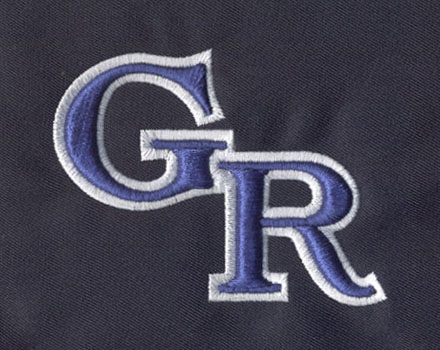How to keep minimum file size when designing vector art?
Vector art is a type of image format that uses mathematical formulas to describe shapes and paths. Compared to bitmap images, vector art has advantages such as lossless scaling, fewer pixels, faster loading times, and smaller file sizes. When designing vector art, keeping the file size to a minimum can improve loading times and save storage space. Here are some methods that can help you keep your vector art file size to a minimum.
1. Reduce node count: Use fewer nodes and line segments to describe shapes or paths, especially in complex graphics. Reducing the node count can lower file size and improve image processing speed. In vector art software, you can use simplify path tools to reduce the node count.
2. Minimize anchor points: When designing vector art, minimize the number of anchor points as much as possible. This can be achieved by using simple shapes and smooth curves. When drawing curves, using Bezier curves can reduce the number of anchor points. In vector art software, you can use smooth tools or Bezier curve tools to achieve this.
3. Remove unnecessary elements: When designing vector art, removing unnecessary elements can decrease file size and improve loading times. For example, you can remove grids or line segments inside circles or rectangles. When designing graphics, use fill colors instead of strokes as they can more efficiently represent shapes.
4. Compress files: When saving vector art, selecting compression options can reduce file size. Most vector art software has compression options that can be selected when saving files. If there are no compression options, you can export the file to another format (such as PDF) and use third-party tools to compress it.
5. Convert files to SVG format: SVG is an XML-based vector art format that loads quickly on the web. Converting vector art files to SVG format can further reduce file size and improve loading times. In vector art software, you can export files to SVG format and use optimization tools to further compress file size.
These measures can help designers minimize vector art file size, improve image processing speed, and save storage space. When designing vector art, designers should take appropriate measures based on specific situations to achieve optimal results.
Additionally, if you need to convert your designed vector art to other formats or require digitizing services, consider using the vector art conversion services and digitizing services provided by Eagle Digitizing. Eagle Digitizing is a company that offers professional vector art conversion and digitizing services, with advanced technology and an experienced team of designers who can provide high-quality vector art conversion and digitizing services for customers.
By using Eagle Digitizing's vector art conversion and digitizing services, you can quickly and efficiently convert your
designed vector art to the required format while maintaining minimum file sizes
and optimized image quality. Their service prices are reasonable, turnaround
times are fast, and they also offer free estimations and revisions. Contact
them to better understand our services and provide better support for your
business.


